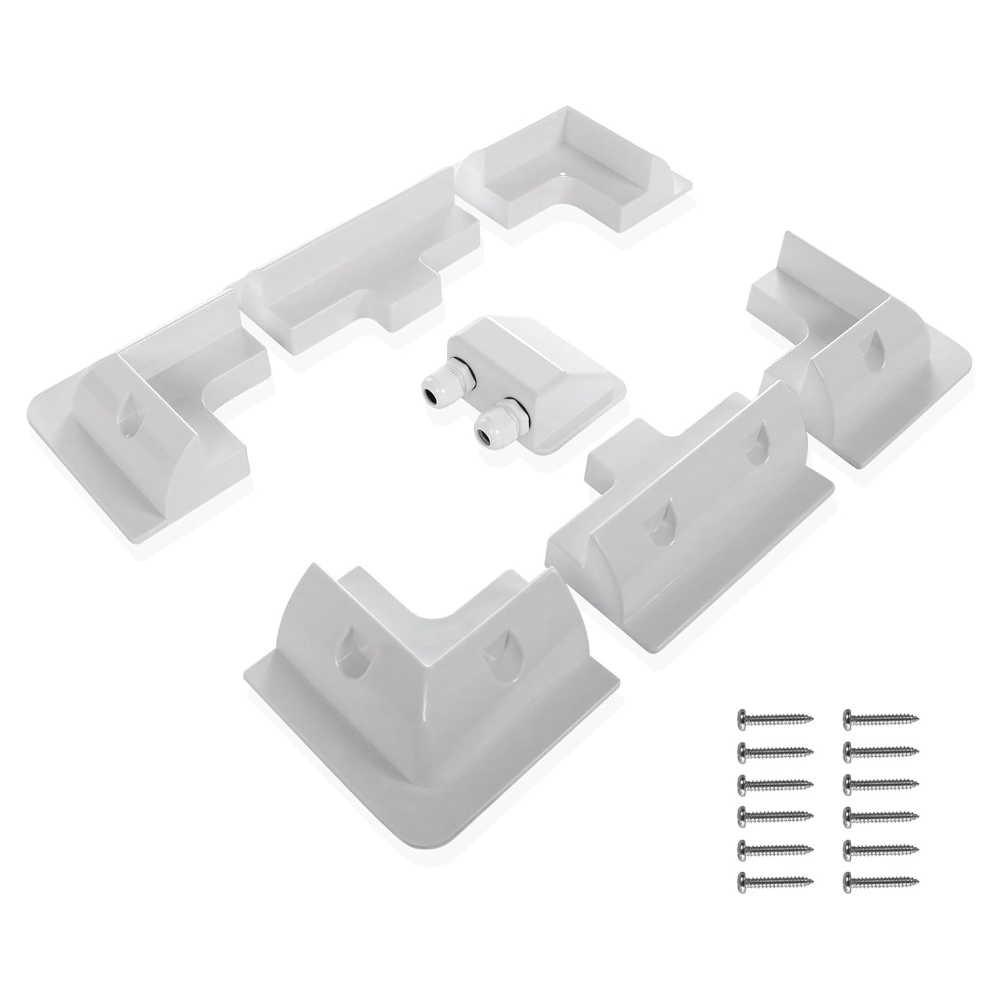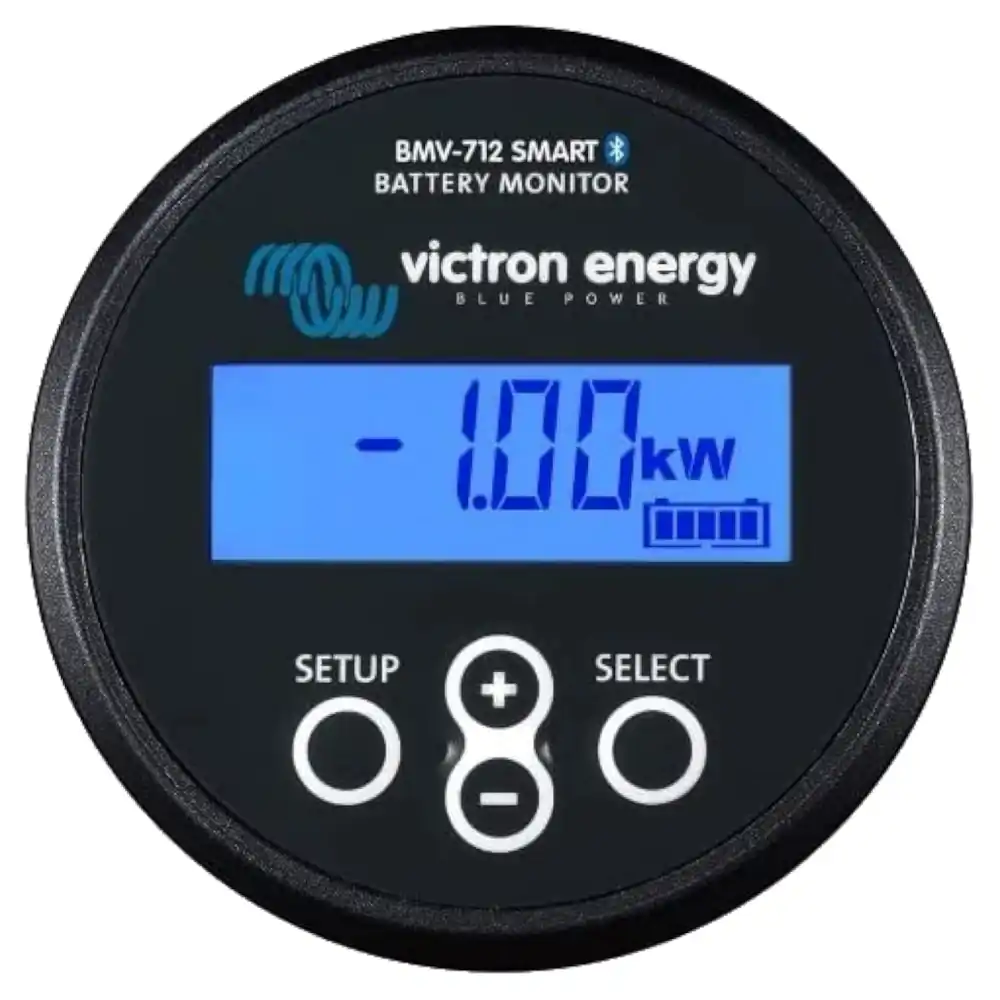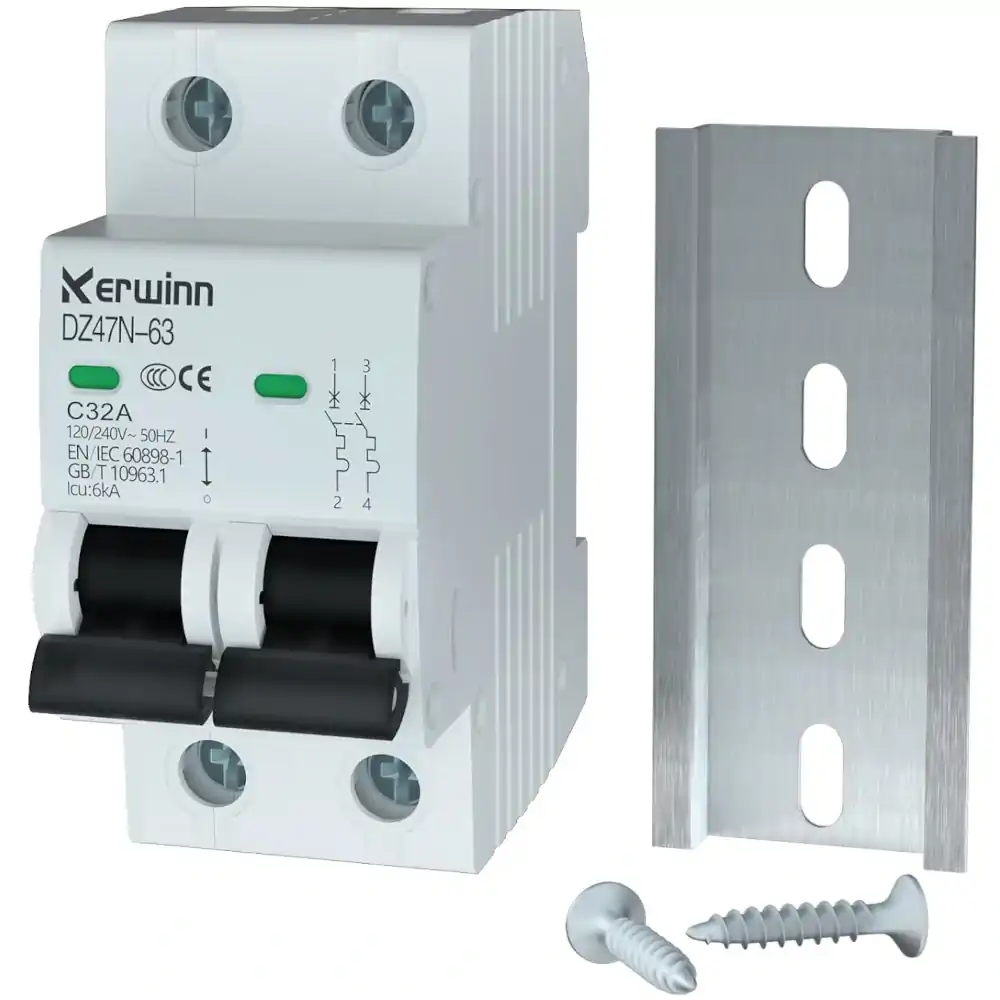Complete Small Size 12V Component Kit
12V | One 200Ah Lithium Battery | 400W Solar Panels
12V | Two 100Ah Lithium Batteries | 400W Solar Panels
Estimated Cost $2,500 – $5,000
This page may contain affiliate links that I am compensated for. Thank you for supporting the site!
This package will suit a small Van or RV, with all the basics covered; it will run a small fridge, many small appliances, the lights and even a gas/diesel heater.
An additional DC-DC Converter connected to the alternator/starter battery, will enhance the charging capabilities greatly, but is not necessary.
This kit is self-explanatory, but you need at least some basic electrical skills. If unsure, always consult a professional! Virtually all needed components are listed below for easy ordering (some are affiliate links that will support this site at no cost to you). Most work left to you, is deciding where to place the items in your vehicle and calculate the wire gauges and lug sizes.
If unsure about your seasonal power requirements, you can simply add one or more batteries at a later time.
You can post your questions in the comment section.
PRE-SELECTION CONSIDERATIONS
Acid vs Lithium batteries
Lithium batteries have developed so quickly and their prices have come down so much, that lead-acid batteries should not be considered anymore in most cases.
Inverter Capacity
A logical choice for your RV would be a 2kW or 3kW inverter. The 2kW version may not be enough to power a cooktop or microwave as its output is much lower than 2kW.
System Voltage
Usually 12V, 24V and 48V electrical systems can be found in RV’s. The difference is mostly a lower installation cost for a 48V system (less expensive cables and appliances); 24V has fewer advantages.
While low amp, 12V systems are usually fairly safe to work on, installation of 48V electrical systems with/without high amperage in/outputs should be left to experienced professionals.
System Sizing
While system sizing (calculating the anticipated power needed to run your appliances) is of less importance nowadays, making a list of your power needs (both in winter and summer) will help you better estimate your battery capacity, the required number of solar panels and/or the need for an additional DC-DC Converter (to charge the batteries while driving).
Alternator Use
Using the existing alternator of the vehicle in combination with a DC-DC Converter, will charge the battery bank much faster than with solar panels and is a not-perfect, but relatively inexpensive solution.1
Especially with larger lithium battery banks, one should consider a separate alternator in addition to the existing one. These expensive devices can charge at a much higher amperage and won’t interfere with the internal workings of the vehicle.2
1current alternator capacity impacts effectiveness of the additional DC-DC converter.
2high amperage in/output battery BMS required (>100Ah).
Wiring and Appliance Location
Decide well in advance of the installation, the best location for the wiring and appliances. Build with upgrades in mind. Distance between different 12V or 48V components is usually critical.
Choosing the right wire size for your DC electrical project is very important, since a wire that is too small can overheat and possibly start a fire. Also use good crimping tools to create wiring connections that can withstand, the impact rough roads will have on your installation.
On-line Blue Sea Wire Calculator
- Determine the circuit in Volts (12V, 24V or 48V).
- Determine the current in Amps.
- Determine the circuit length in feet (roundtrip distance from power source to the product).
- Select allowable voltage drop.*
*Circuits, with up to 3% voltage drop, include:
– Panel main feeders
– Electronics
*Non-critical circuits, with up to 10% voltage drop, include:
– General lighting
– General appliances
Estimated Cost
| Low Cost | Premium | |
|---|---|---|
| Solar Panels ~400W | $200 | $400 |
| DC-DC Converter + Solar Controller* | $335 | $335 |
| Lithium Battery – ~200 Ah* | $620 | $2,000 |
| Inverter – 3kW* | $415 | $1,170 |
| Connectors/Entry Gland/Wire/Fuses/Etc. | $800 | $1,075 |
| Tools | $100 | $100 |
| Estimated Total Cost: | $2,470 | $5,080 |
200Ah Solar System Layout

Single DC-DC Converter

Single DC-DC Converter
No Monitor

Single DC-DC Converter
Required Components
SOLAR PANELS
The solar panels can be attached directly to the roof or placed on a roof rack. A space between roof and panel will increase panel efficiency.
| Glass Panel – 400W | Flexible Panel* |
|---|---|
| Easy to mount | Easy to mount |
| Cheap | Expensive |
| High efficiency | Lower efficiency |
| Life expectancy 25+ years | Life expectancy 5-10 years |
| Heavy | Light |
| Increased drag from moving air | Aerodynamic |
| Somewhat bendable | |
| Tendency to overheat |
MC-4 CONNECTOR

1 Pair MC-4 Solar Panel Branch Connector
Cable coupler combiner for parallel connections between solar panels. Choose appropriate connector for number of panels.
SOLAR MOUNTS
SOLAR CABLE ENTRY GLAND
WIRING
Always use welding wire or other multi-stranded, flexible wiring products.
Driving your vehicle puts a lot of stress on the wire connections; make sure that lugs and other connectors are installed correctly.
AC WIRING
Regular AC house wiring has no place inside a home-on-wheels. Connections are prone to fail, creating hazardous conditions.
BUSBARS
Bus bars come in different forms; be sure their capacity (A) exceeds the maximum wire amperage.
BATTERIES
SMART BATTERY MONITOR
Victron Energy SmartShunt
Connect to your phone or tablet via Bluetooth and easily modify settings or monitor your batteries and save space (and money) by not using a dedicated display.
BATTERY MONITOR
BATTERY FUSE BLOCK
Calculate the required fuse amperage as follows:
– Appliance Max. Wattage / 12V = Max. Current.
– Max. Current x 1.25.
– Round up to next fuse size.
Ex. 2400W Inverter / 12 = 200A (max. current)
200A x 1.25 = 250A -> 300A fuse.
DC CIRCUIT BREAKERS
Required 12V-48V Circuit breaker for Solar Charge controller to Battery.
For this system, you will need a circuit breaker for the DC DC charger at the input and output.


Used as a main shutoff between solar panels array and solar controller.
Appropriate sizing is required for each system.
AC CIRCUIT BREAKER
INVERTER/CHARGER
Victron makes some of the best and feature-rich inverters, but that comes at a price. Many other budget options are available, but be sure to buy a “pure sine wave” inverter with more than 2000W output.












































